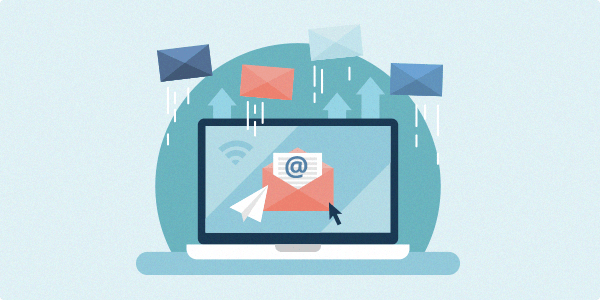Email marketing can be used to interact with your existing customers, acquire new ones, send feature updates or simply to offer a promotion. It can be one of the most powerful marketing tools but not without a plan put in place to fully maximize the potential of email marketing.
Here is a list to use email marketing to its best possible potential.
1. Personalization is Key!
Everyone knows that personalized emails help you to cut through the noise but sending a personalized email goes beyond that. You need to cater to your customer’s needs by providing them with content tailored for them. Use tags in TeamGram to segment your customers based on their needs or past purchases and use messaging that resonates with them.
2. Get People to Open Your Email
Knowing how to grab the reader’s attention with a compelling subject line is paramount to converting readers to customers. To write a great subject line, focus on the benefit, ask a question to generate interest or use personalization. For example, “ David, here’s how you can sell more with a better-emailing strategy” as a subject line would be much better than “Free Email Strategy!!!”.
3. Preview Text is Equally Important
Preview text is the first few words that provide an idea to the main message of your email. The subject line and the preview text needs to provide similar context to your email message. Depending upon the device, the length of the preview text can differ but a general guideline is to keep it between 40-50 characters.
4. Having a Call to Action
Sending an email has a purpose- to make the customer act in a certain way. Thus, it is necessary to have a CTA which aligns with your message. You’d want to include a CTA in your email to guide your customer to the next steps which could be to either subscribe, buy a product, follow you on social media or simply land on a specific web page.
5. Always Follow Up!
Don’t just send an email and forget to follow up. Your potential customer would probably receive hundreds of similar emails. You’d want to show them that you care with a personalized follow-up email.
6. The Timing MATTERS
The timing of an email is equal parts important as the content. Make sure you know what time your potential customers are most active and hit them in that time frame. Most studies show that the best time of the week to send emails is Tuesday.
7. A Planned Schedule
Do not bombard your customers with a huge amount of emails. Planning out your email schedule will do wonders for your email marketing strategy. Plan ahead of time for when to send your next email and what content to include.
8. Keeping it Informative
Don’t just send an email for the sake of it. Include content that is useful to your readers and helps them improve or learn about something new and exciting. Maintaining a ratio of 4:1 i.e., 4 out of 5 messages should not sell but provide value/content.
9. Check for Spelling!
Nothing shouts unprofessionalism like a spelling error. Use tools that help you make those corrections but don’t just trust them. Scan through the text again for an absolutely error-free email.
10. Avoid Spam Words
Sometimes using specific words can lead to your email being sent to the spam folder and the reader never seeing it. Some of the basic words to avoid are Free, Discount, Cheap, Make money etc. Make sure to have a list of spam words and verify before sending the email.
11. Test! Test! Test!
Always and absolutely always test an email before sending it out to your contacts. Test the email by sending it to different email providers such as Gmail or Outlook as well as testing how it looks on different devices.
12. Track Your Emails
Email tracking helps you understand when the email was opened, which topic was clicked on to ensure better and tailored follow-ups. There are a number of email tracking tools available that you can install for better insights from email marketing.
13. Measure How the Email Performed
Understanding what works for your readers will help you better optimize engagement and campaign performance. Using data like open & click-through rates or which links drove the most engagement will provide deep insights into your customer’s profile.
14. Special Email Campaigns
Send email campaigns for special events like Christmas, New Year’s, Women’s day etc., if a specific event relates to your product or you offer special discounts for these events.
15. Include Your Contact Details
Make sure to include the details for the reader to contact you easily such as a phone number, email addresses, links to social media, your website etc. This makes it easier for the reader to respond to you easily.
There is no denying the fact that MailChimp is one of the biggest names in email marketing software. We at TeamGram recognize that and offer an MailChimp integrationto create effective, automated email campaigns to assist you in your email marketing efforts.
